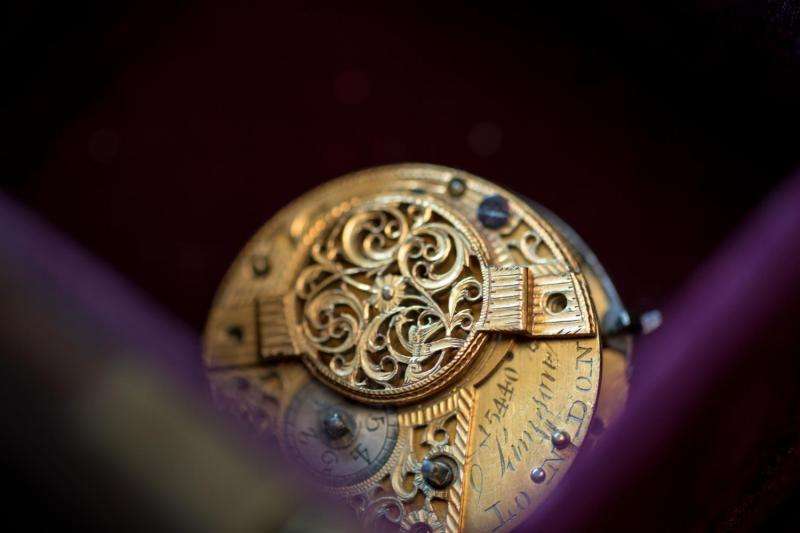Researchers find new date for the first mass production of timepieces

New research brings the commonly accepted date for the birth of mass production of watches forwards by nearly 100 years, and, will change the way many people view the watch industry as it stands today.
As the 21st century Swiss watch industry calculates how to handle the uncertain economic future, it has been a poignant time to look back on how their industry formed over 200 years ago.
I recently completed a PhD examining a very peculiar type of watch that first start appearing in the mid-eighteenth century. It all started when I was working at an auction house in the Jewellery Quarter (Fellows & Sons) whilst studying my MA History of Art and Design at Birmingham City University's School of Art back in 2008. Whilst cataloguing some antique watches I came across one made in around 1760 that, despite being signed as London-made, looked completely unlike the London watches I was familiar with. When I looked up the name of the maker "John Wilter", the reference book simply listed him as "perhaps a fictitious name". I did a bit more research and it soon transpired that this was pretty much all we knew about the most prolific type of watch forgery in the eighteenth-century.
The emergence of these 'knock-off' London watches, together with economic pressures, spelt disaster for the genuine London industry that fell into a state of depression from which it would never recover. Back in the 1700s it was England, particularly London, which was home to the world's most famous watchmakers and watches made in the city commanded a premium. By the mid-1700s we started to see watches appearing of a much lower quality than the fine London work, in a style different to that of the English watchmakers, and signed with spurious names for which there is usually no trace they existed as real people; let alone watchmakers.
I studied a group of 30 of these watches that survive to this day in the collection at the British Museum and studied them in forensic detail, following them back through time and across Europe to find out who was really making them and where they were being made. My research brings the commonly accepted date for the birth of mass production of watches forwards by nearly 100 years, and, will change the way many people view the watch industry as it stands today. It would appear that they originated from manufactories along the Swiss-French border in towns and cities that are still home to many of the famous watch brands we know of today.
The Swiss watch industry as we know it today was, in many ways, founded and financed at its beginning by imitating English watches. In an act of bitter irony, one of the greatest challenges the Swiss industry faces today is imitation of their watches in the Far East, a threat that costs the luxury watch market billions of dollars. In 2013, Richemont were awarded $100 million in damages caused by online sales of fake goods through internet retail platforms like Alibaba and Taobao. Luxury goods manufacturer Coach were awarded $257 million in a similar case that same year.
Add this to the challenge of an increasingly volatile global market; could change be in the water again? Could the Far East be about to take the title of the world's centre of watchmaking using a very similar strategy to that implemented by the Swiss over two centuries ago? At the same time, British watchmakers have been making a comeback. Could the industry be about to return to the UK?
What is certain is that there are interesting times ahead for the global watch market.
Provided by Birmingham City University



















